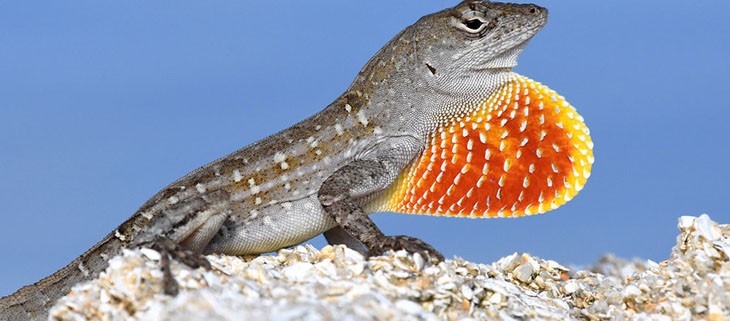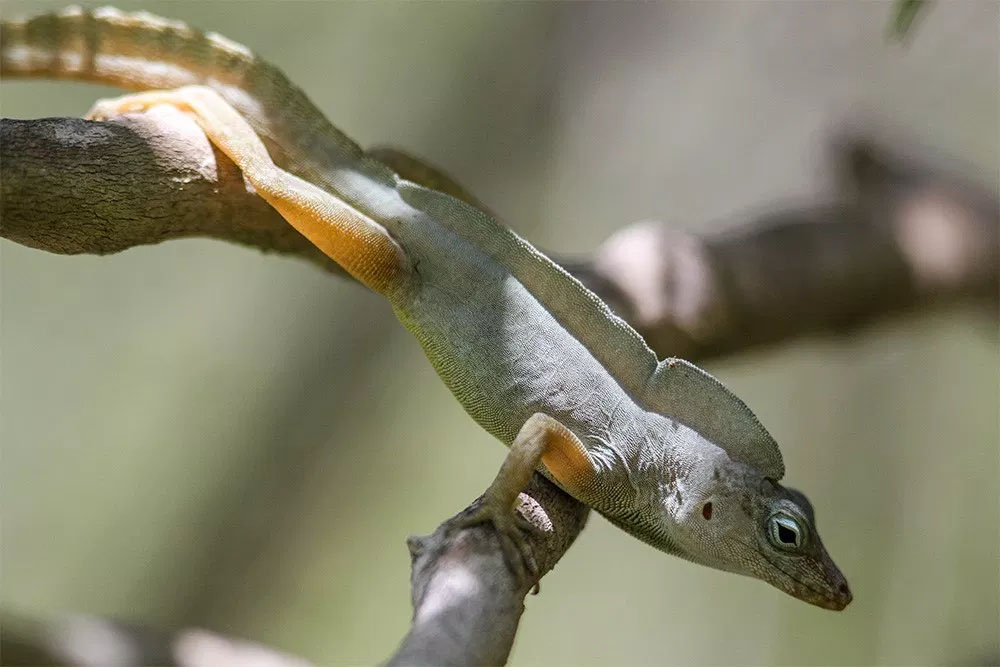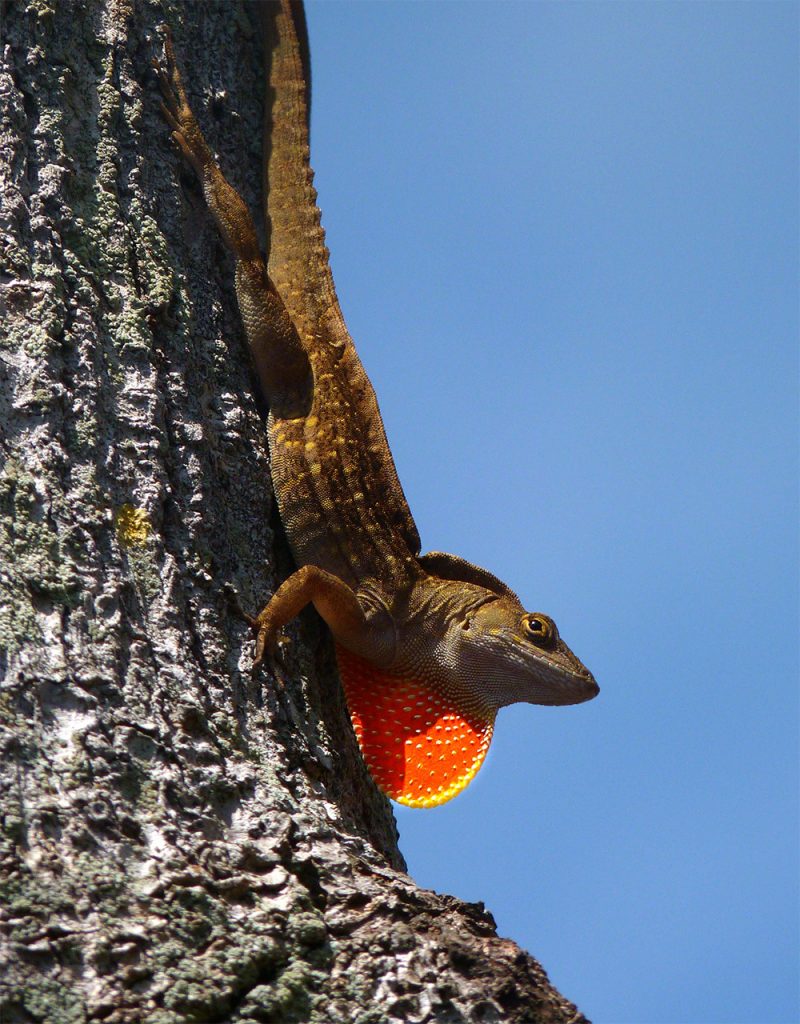May 19, 2025
UNOC 3 Position Paper
Read our position paper on The 3rd United Nations Ocean Conference (UNOC 3) to see why we're attending and what we aim to accomplish!
We use cookies to help you navigate efficiently and perform certain functions. You will find detailed information about all cookies under each consent category below.
The cookies that are categorized as "Necessary" are stored on your browser as they are essential for enabling the basic functionalities of the site. ...
Necessary cookies are required to enable the basic features of this site, such as providing secure log-in or adjusting your consent preferences. These cookies do not store any personally identifiable data.
Functional cookies help perform certain functionalities like sharing the content of the website on social media platforms, collecting feedback, and other third-party features.
Analytical cookies are used to understand how visitors interact with the website. These cookies help provide information on metrics such as the number of visitors, bounce rate, traffic source, etc.
Performance cookies are used to understand and analyze the key performance indexes of the website which helps in delivering a better user experience for the visitors.
Advertisement cookies are used to provide visitors with customized advertisements based on the pages you visited previously and to analyze the effectiveness of the ad campaigns.

Often times what makes an invasive species particularly threatening in a new environment is their ability to adapt to their surroundings. Researchers at the University of Plymouth wanted to understand exactly what characteristics if any, an invasive anole in the Cayman Islands has that made it so quick to adapt. To understand this process, researchers sought to uncover how the morphology of an invasive anole changed in a new environment.

The lizard population in question is the invasive maynard’s anole (Anolis maynardi) which migrated in the mid-1980s from its native territory of Little Cayman to the island of Cayman Brac. A native population of anole also exists on Cayman Brac. The researchers discovered the two species had diverged morphologically from each other. Meaning each species had adapted unique characteristics that allow them to specialize in different ways to acquire resources on the island. Specifically, the invasive anole trended towards an increase in forelimb length. However, researchers expected to see an increase in hindlimb length, not forelimb:

There has been a history of lizard studies indicating that longer hindlimbs are an important factor affecting movement ability, so to not find longer hind limbed animals on the range edge was a surprise.”
Not only this, the native anole found on the island had a greater parasite prevalence and a lesser overall body condition than the invasive population. In other words, the invasive population on the island tended to be healthier overall.
The study highlights the ways invasive species adapt their behavior and characteristics in order to successfully take hold within a population. This emerging research should also function as a call to action for improved bio-security measures which can assist with mitigating introductions moving forward.
Source: Science Daily
Featured Photo: A Brown Anole, native to Cayman Brac.
Credit: Jill Bazeley
Check out other journal entries we think you might be interested in.
Notifications